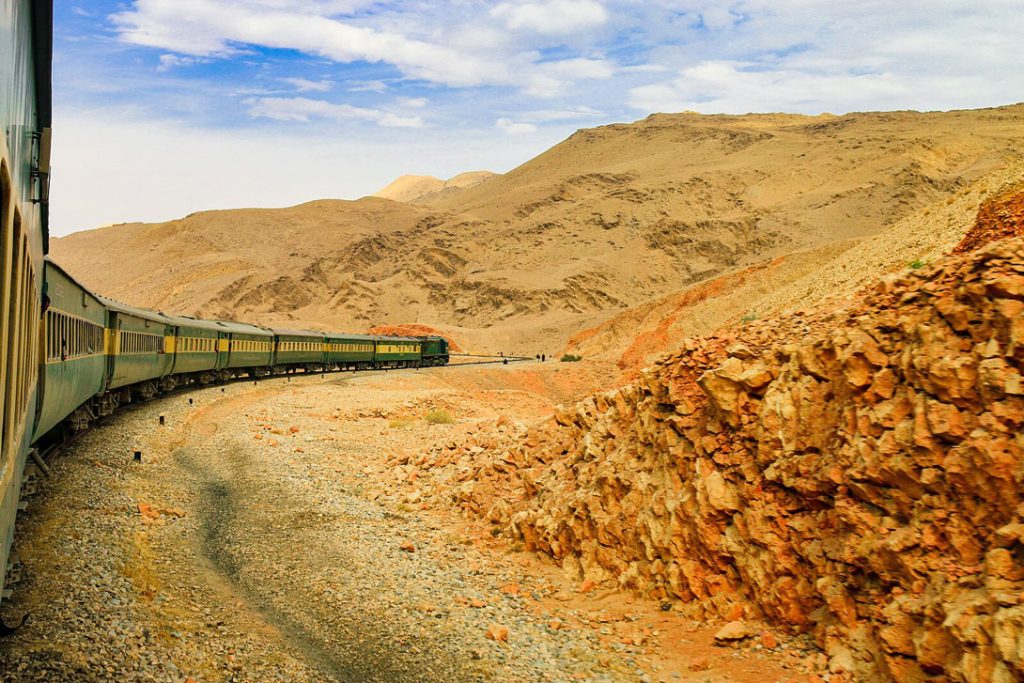
Balochistan, Pakistan’s largest and most resource-rich province, has become the epicenter of a series of deadly attacks that have left dozens dead and many more injured.
Over the past 48 hours, the Balochistan Liberation Army (BLA), a separatist group, has claimed responsibility for coordinated strikes across the province, marking one of the bloodiest periods in recent memory.
How did the attacks unfold?
The attacks, which began with a warning to avoid highways, quickly escalated into a full-scale operation targeting security forces, infrastructure, and civilians.
Reports indicate that at least 53 individuals, including security personnel, were killed in these incidents, with counter-operations by Pakistani forces resulting in the death of 21 militants.
The violence was not confined to one area but spread across districts like Kalat, Musakhel, Bolan, and Mastung, where a railway track was bombed, disrupting vital transportation lines.
The BLA’s strategy showcased a level of sophistication and coordination previously unseen, with attacks ranging from selective shootings of workers from Punjab (Pakistan) and the burning of vehicles to the destruction of a bridge and assaults on police stations.
The surge in violence comes amidst growing tensions fueled by the government’s crackdown on dissent and the exploitation of Balochistan’s natural resources, which many locals feel benefits outsiders at their expense.
The background
The unrest in Balochistan is not new; it’s a region that has simmered with separatist sentiment for decades, driven by a desire for greater autonomy or independence. The recent escalation, however, indicates a significant shift in the tactics and perhaps even the goals of the insurgency.
The BLA’s operation, named “Herof-Black Storm,” not only targeted military and police installations but also aimed at economic disruption, signaling an intent to make the province ungovernable and economically unviable for Pakistan.
The wave of violence threatens the stability of projects like the China-Pakistan Economic Corridor (CPEC), which runs through Balochistan and aims to connect Gwadar Port to China’s Xinjiang region.
The attacks on infrastructure and workers, particularly those from Punjab, underscore the separatists’ strategy to deter external investment and development, which they view as exploitation.
The fallout
Politically, the violence poses a challenge to Pakistan’s central government, which has been criticized for its heavy-handed approach in Balochistan, including allegations of enforced disappearances and extrajudicial killings. The response from the government has been a mix of military operations and promises of development, yet the cycle of violence persists, suggesting a deepening crisis.
Balochistan’s strategic location, bordering Iran and Afghanistan, makes it a sensitive region with potential ripple effects on regional stability.